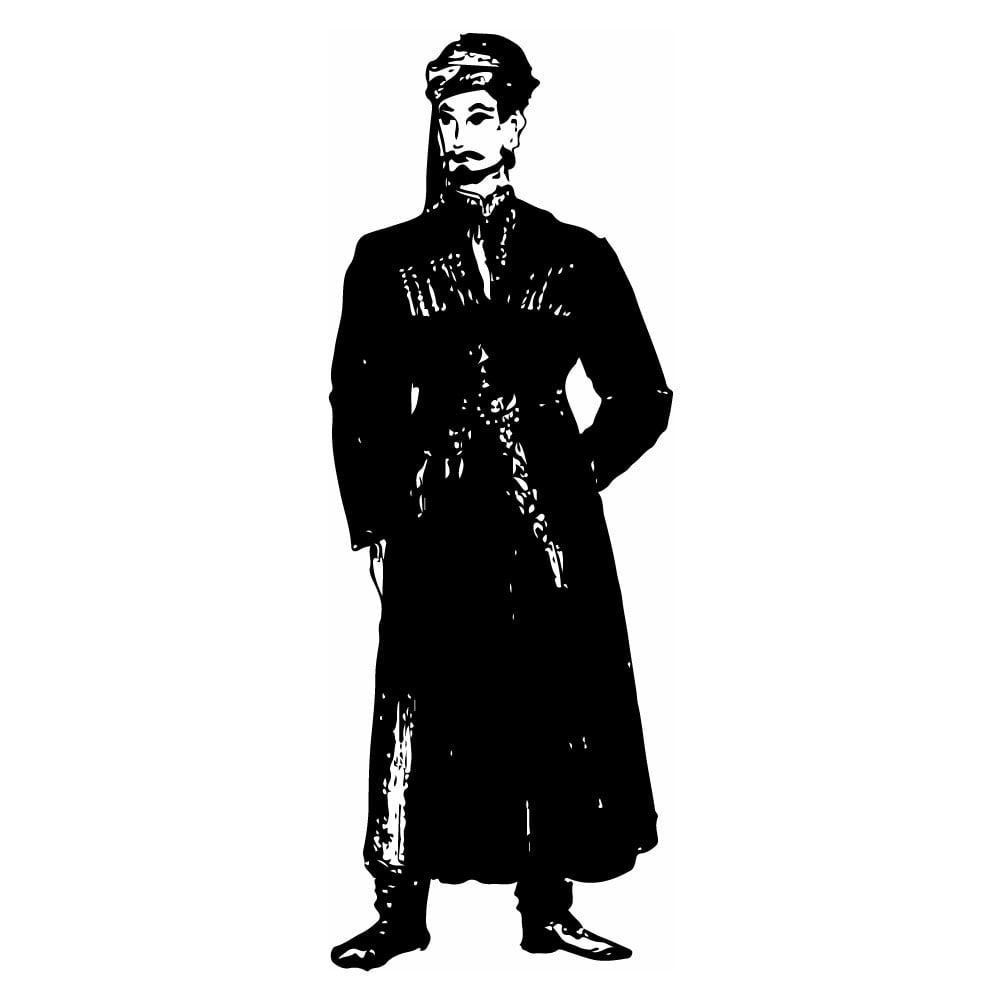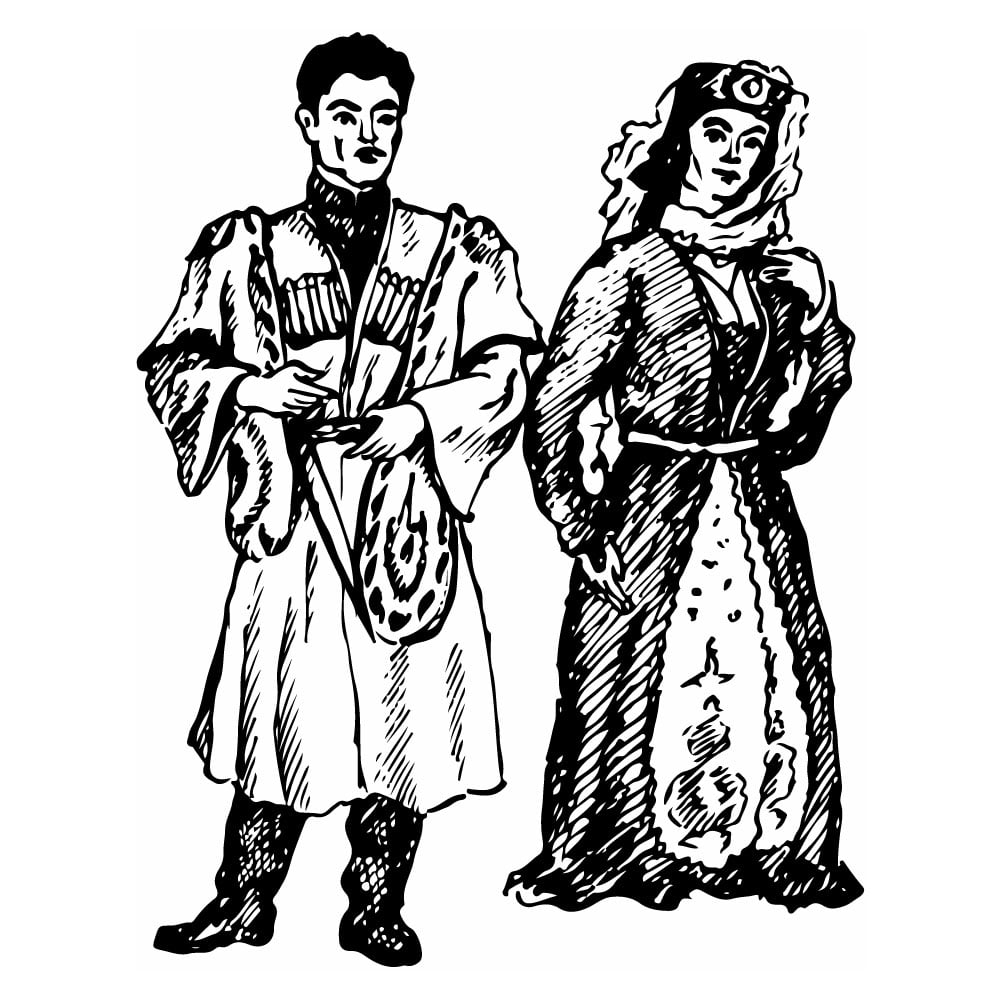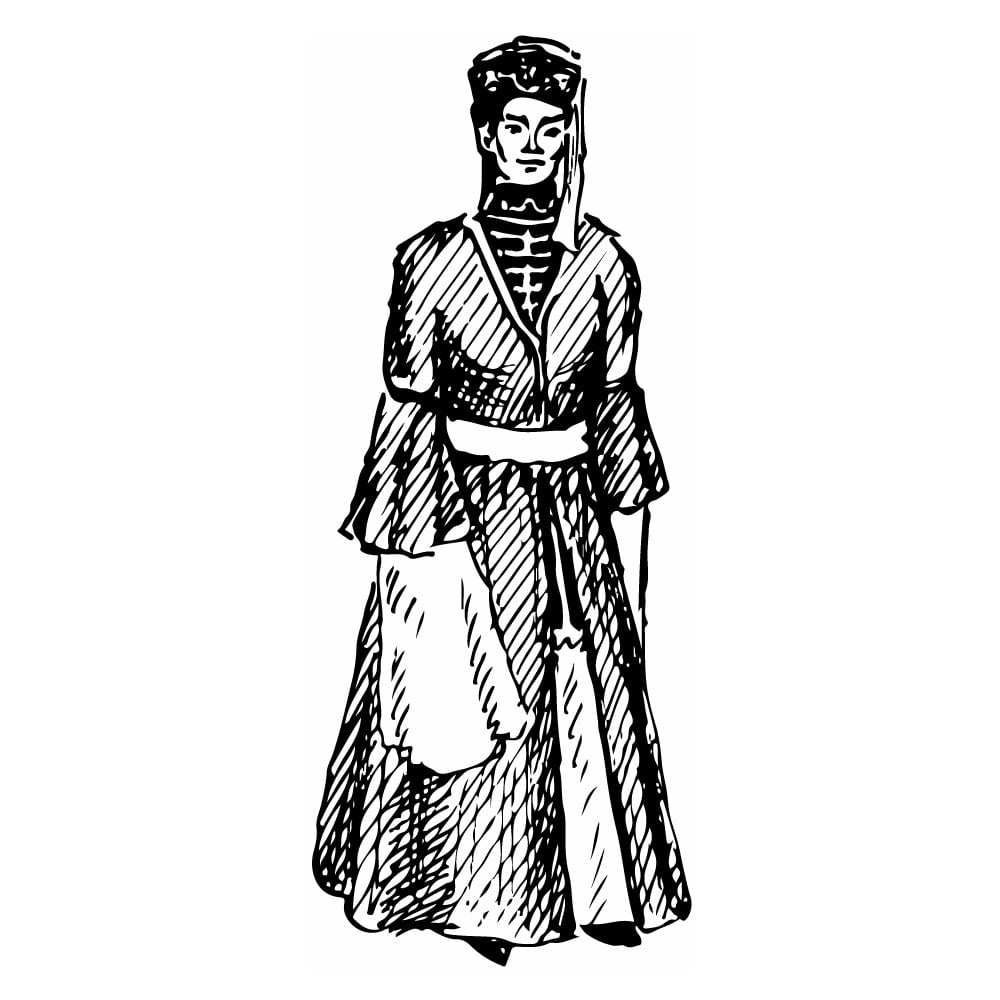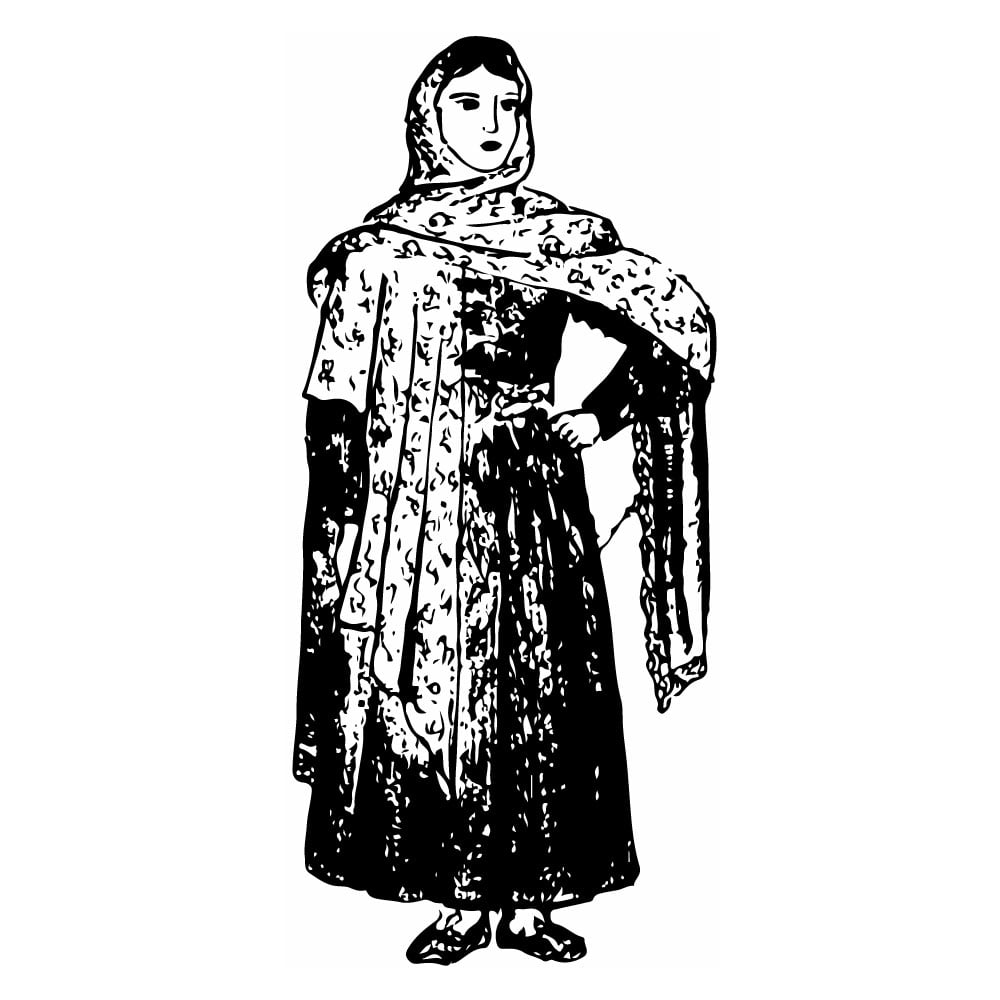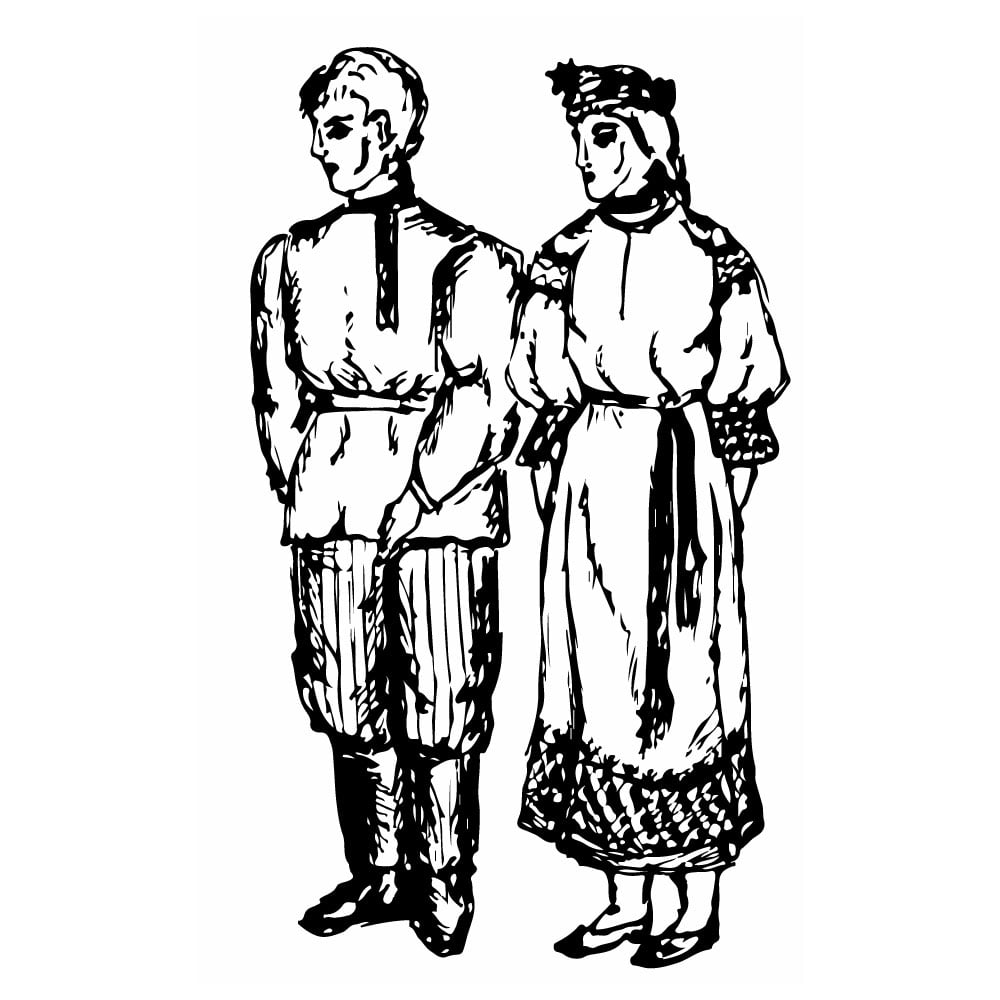Abkhaz
| Population | 105,000 |
| Language group | Abkhaz-Adyg branch of Caucasian languages |
| Language | Abkhazian |
| Region | The Abkhaz Autonomous Republic |
| Center | Sukhumi |
| Religion | Christianity, Islam/Sunnite |
*Population estimates for 1994
The Abkhaz, or “Apsya” as they call themselves, are the native population of the Abkhaz Autonomous Republic. An insignificant part of the Abkhaz lives in Turkey and the Arabian countries. The sub-ethnic groups Abadzeg, Guadaut, and Samur-Caucasian race can be found within the group. The Abkhazian language belongs to the Abkhaz-Adyg group from the North Caucasus family. The spoken dialects are Bzyb, Russian, Georgian, and Abzhyi. The latter is the basis of their literary language, while the written language was adopted from the Russian script.
The ancestors of the Abkhaz are mentioned in Assyrian and antique sources. They belonged to the ancient inhabitants of the Caucasus who lived on the Black Sea coast. At the time of the Abkhazian Kingdom, during the eighth to tenth century, the unification of Abkhaz tribes had finished.
The traditional occupations of the Abkhazian people are agriculture, cattle breeding, bee keeping, and hunting. They also grow grapes and citrus plants. Traditional trades such as the producing of implements, clothes, various metal works, and horn souvenirs; embroidering, carpet weaving, and carving are still found.
The scattered Abkhaz homes have round or square roofs made of straw.
The men’s traditional clothing was woolen trousers, a shirt, a beshmet, a cherkess coat, a belt, and burka or type of a coat. The headdress was a felt cap called a bashlyk and the footwear called chuvyaks and nogovitsy. Woman’s traditional clothes were baggy trousers, dresses with a high collar, beshmets, kerchiefs, and boots. Nowadays only the elder generation wears such clothing on the holidays.
The folklore of the Abkhazians is called Nart epic. It consists of legends about heroes.
Christianity has been spread among the Abkhaz since the sixth century, while the Islam-Sunnite faith has been since the fifteenth century.
This is Ad 1

